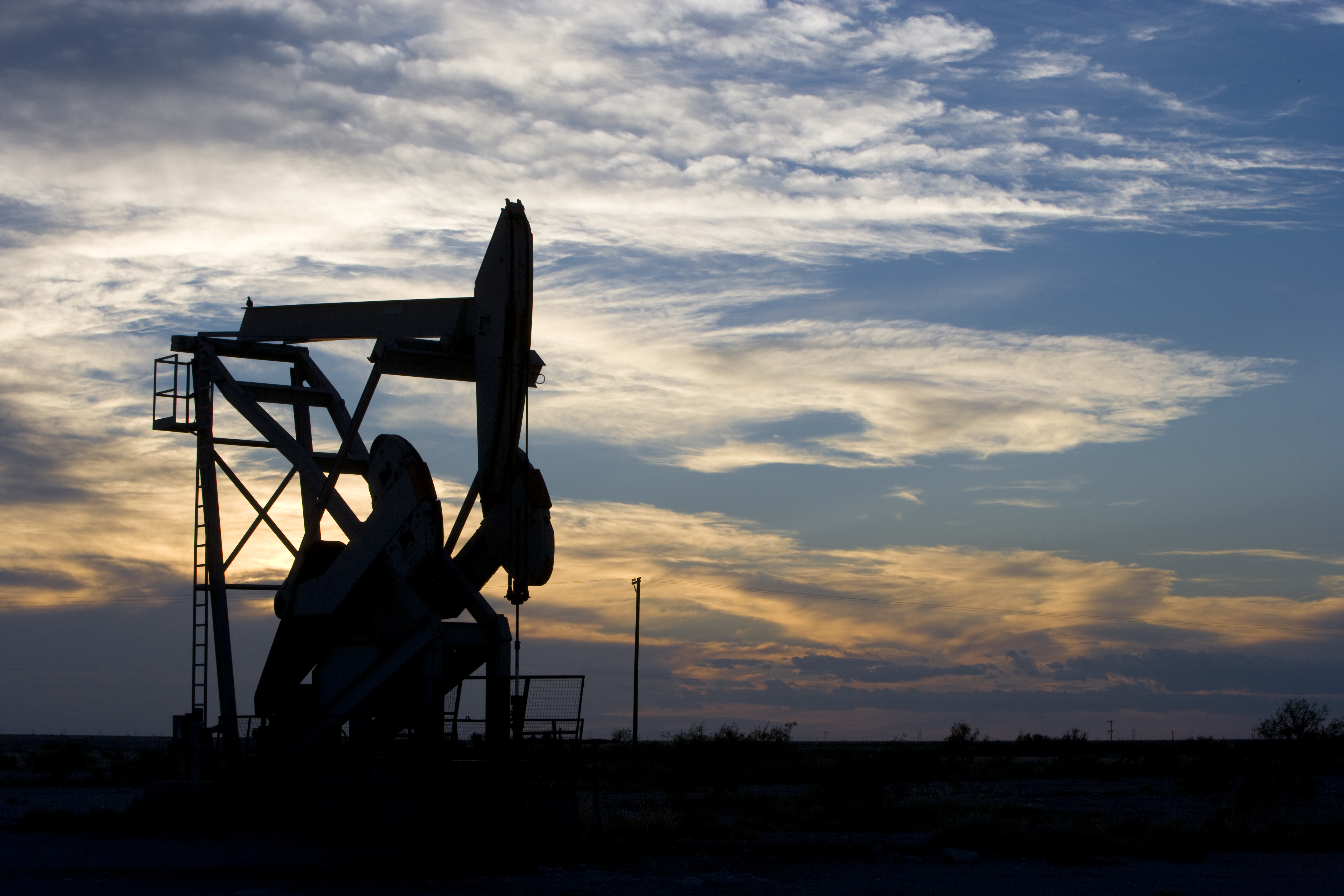Abandoned and idle wells are an oft-forgotten consequence of oil and gas development. Though these wells no longer produce oil or gas, they continue to release a toxic array of pollutants into the environment, posing health risks to nearby residents.
The problem is even more alarming than it may seem at first glance: the EPA reports that an estimated 2.2 million unplugged abandoned wells exist across the United States. Hundreds of thousands are missing from state databases, highlighting the challenge of tracking and researching these potentially hazardous sites. Nonexistent documentation means many idle wells release harmful chemicals without sounding a single alarm, putting nearby communities at risk.
Idle wells emit chemical substances like benzene, barium, chloride, and arsenic. These pollutants can seep into groundwater, soil, and the air, ultimately impacting the health of residents living nearby.
Benzene
According to the World Health Organization, benzene, a colorless volatile organic compound (VOC), is a potent carcinogen. Even low levels of exposure to benzene can lead to severe health effects, such as acute myeloid leukemia, lung cancer, and lymphoma. Inhaling it can irritate airways, causing coughing, wheezing, and shortness of breath. Its properties contribute to neurological symptoms like dizziness, memory loss, and Parkinson's disease. The WHO's report says there is no safe benzene exposure level. It doesn't matter how much benzene might be coming from an idle well; if someone is exposed to it, their health is threatened.
Barium
Barium is a common idle well pollutant, spreading into the environment through the well’s liquid waste. When it enters the bloodstream it can lead to gastrointestinal issues, nausea, vomiting, and inflammation. Elevated barium levels are also linked to increased blood pressure, heart attacks, and arrhythmias. It can contaminate food sources, further jeopardizing the well-being of residents.
Chloride
Chloride is found in brine, which is saltwater produced from oil and gas extraction. Chloride can pollute groundwater and disrupt aquatic ecosystems. It harms the environment and threatens public health through its impact on agriculture and water sources.
Arsenic
The presence of arsenic in rock formations disturbed by drilling is similar to the danger of benzene, according to the EPA. Arsenic exposure can lead to many health issues including cancer, respiratory problems, and skin irritation.
Protecting Public Health
Abandoned wells that release harmful chemicals – including benzene, barium, chloride, and arsenic – pose real health risks to nearby residents. The absence of proper documentation and oversight worsens the problem and leaves communities vulnerable to these invisible threats. Regulatory agencies must implement stringent guidelines for plugging abandoned wells properly and quickly. Regular monitoring is essential to identify emission sources and prevent potential health impacts. And the oil and gas industry must be held financially accountable to clean up the wells it leaves behind.
With these steps, we can safeguard public health and ensure that every breath taken near idle wells is free from potential harm. It's time to raise awareness about this silent danger and take collective action to protect ourselves and our environment. Every breath poisoned by the fossil fuel industry’s mess should no longer go overlooked.
